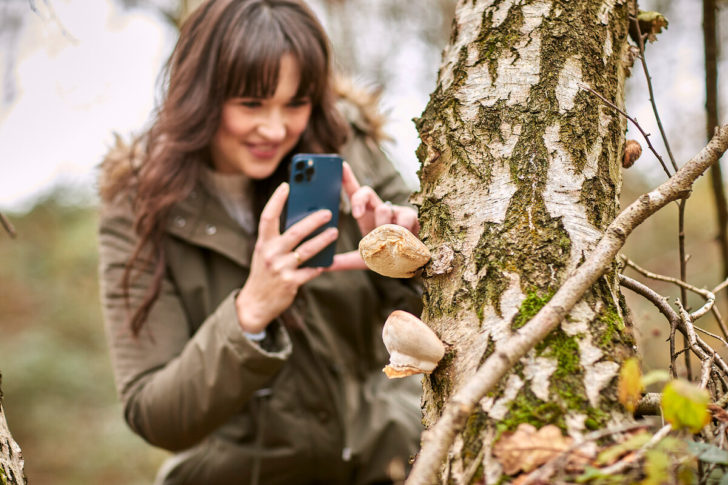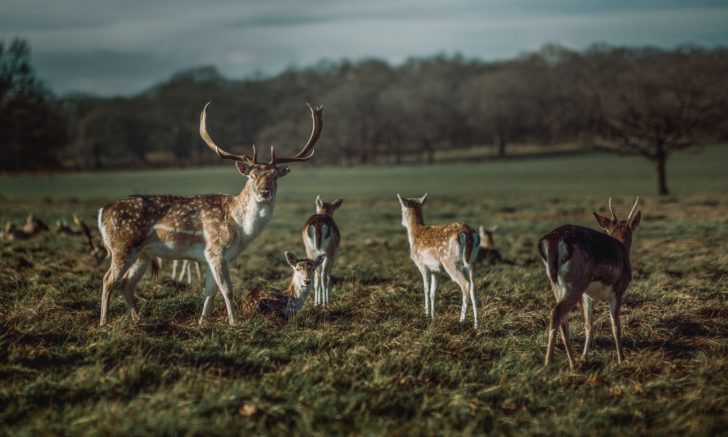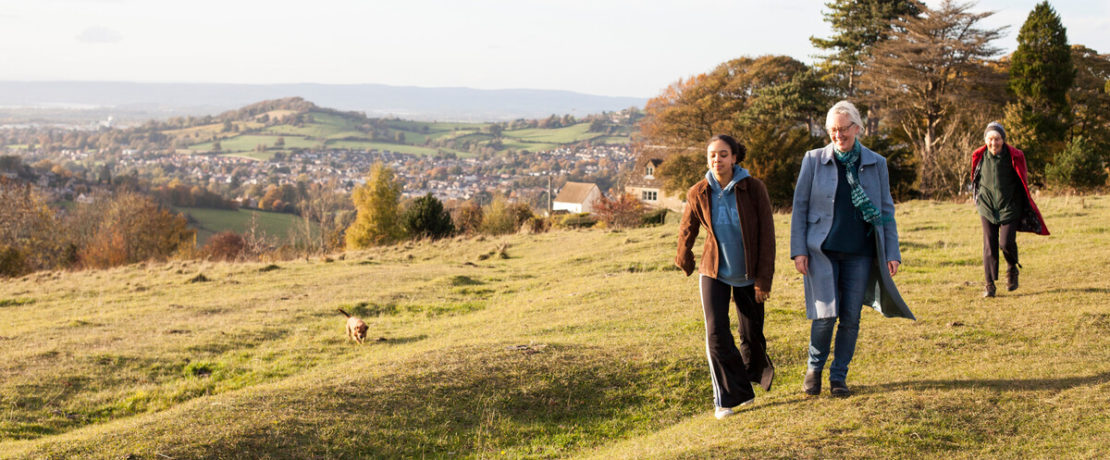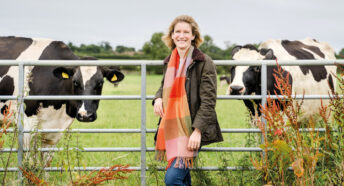A countryside walk in October
It’s officially autumn! Crisp mornings, chilly nights and cooler breezes are common in October. But what does that mean for your countryside walk, and what wildlife might you find during this month of change?
While September is typically regarded as the start of autumn, we don’t normally feel autumn’s bite until we move into October. As the temperatures begin to drop, and daylight hours dwindle, the natural world is preparing for winter in all kinds of miraculous and spellbinding ways. If you manage to grab a walk or two this month, do share your experiences and pictures with us via Facebook, Twitter and Instagram. We’d love to hear from you!
Hunting for fungi
Fungi are a spectacular and vital component of our ecosystems. In fact, most life on our planet is dependent on fungi. When we talk about mushrooms, we’re simply referring to the fruiting body of a fungus. Underground, and buried deep within all kinds of organic matter, a complex and mind blowing network of fungal pathways are working miracles. This ‘mycorrhizal network’ aerates and improves soils, distributes nutrients, and – crucially – breaks down organic matter so that it can be recycled.

October is largely regarded as the best month to spot mushrooms. You can find the aptly named cauliflower fungus towards the base of trees, in particular coniferous trees such as pines. Look out for chicken of the woods, which is more commonly found on broad-leaved trees such as oaks and cherry trees. This yellow/cream fungus grows in circular bands along the bark of trees, and has sort of crimped edges – a bit like a pie.
One of the most recognisable mushrooms, fly agaric, can also be found in October. This enchanting (but highly toxic) fungus has a vibrant orange or red cap, with white spots. You can find it in woodland and heathland. In particular, look around coniferous trees like pine or spruce. Also look out for large, creamy-white football-like mushrooms. These are called giant puffballs, and, when fresh, are edible and delicious when breaded and sauteed. They can be found in parkland and open grassland.
This list is, of course, not extensive – and any countryside or green space walk in October is likely to feature fungi. If you’re foraging for fungi to eat, be absolutely sure you’ve correctly identified the species. Species of fungi are easily confused – and some can be very toxic.
Nature’s bounties
During spring, leaves burst from dormant buds. These leaves are usually followed by flowers: tiny, delicate ones or large, grandiose displays. Many of these plants will then go on to produce fruit, nuts, seeds in autumn, particularly in September and October.
This magical process takes copious amounts of energy. Leaves harvest sunlight to feed itself and plants need to always be ready to trigger natural defences against pests. Underground, roots and fungal networks are like a busy motorway – their traffic is nutrients and minerals. Plants need help from the natural world too. Native plants need climate-appropriate seasons as well as pollinators. If something’s not in check – as we’ve seen this year – wildlife can be seriously thrown off course.

Be sure to look out for the fruits of nature’s labour this month – it’s what they’ve all been working towards! Among sand dunes, look out for the vibrant orange berries of sea buckthorn. In the streets of villages, towns and cities, look out for mountain ash (or rowan), whose berries are a bright red-orange colour. Along hedgerows, look out for crab apples, rose hips and sloe berries. If you feel crunching underfoot – you might be among a mass of fallen beech nuts.
The textures and colours of nature’s bounties define this time of year – let’s get out there and enjoy it!
Owls in the night
Many owls are active on-and-off throughout the year, but October is a great opportunity to spot (or at least hear) some of our more recognisable species. Those of you who live in rural or semi-rural areas may have already heard the haunting calls of a tawny owl as night descends. Tawny owls make many different sounds, but have two common calls. The ‘kee-wick’ is a shrill ‘contact call’, and is often used as a way for owls to communicate – or alert – one another. Their song is beautiful and haunting, a huu, hu-huuuu song which echoes through the night.

Barn owls – despite being quite common – are sometimes tricky to spot. Their call, a shrill screech, means you’re likely to hear it before you see it.
Owls can be seen in daylight (in fact some, like the short-eared owl and the little owl, prefer it). But, in the case of the tawny owl and barn owl, you stand a better chance of spotting them around twilight – or at first light. They hunt along the margins of grassland and parkland, intently scanning the base of hedgerows for voles and mice. Your chances of spotting them might increase if there’s woodland nearby: owls like to nest in tree cavities.
Deer find their voice
October is a busy and noisy time for deer in the UK. That’s because this time of year is the annual deer rut, or rutting season. During the rut, male deer compete and fight for mates. During this testosterone-fest, male deer get physical, and loud!
Three species of deer to look and listen out for are the red, fallow and sika. During the rutting season, the males clash antlers, stomp and strut, and bellow throaty growls. If you want to give yourself the best chance of witnessing the spectacle of the rut, find a deer park near you. There are deer parks up and down the country – and even if you live in an urban area you may find you’re not too far from one.

If you’re not local to a deer park, you could try looking for deer in their more natural habitats. Red and fallow deer generally prefer broad-leaved woodland and forest habitats, although they will stray onto moors, grasslands and hilly areas. Sika deer are more commonly found in coniferous forests and heathland, where the soil is acidic.
The deer rut is amazing to watch, but the male deer are pumped up with testosterone and may find you a threat. Be sure to keep a good distance. You can find out more about the deer rutting season (and how to stay safe) by visiting the British Deer Society website.
Your October walk
We hope you are able to get out and visit your countryside and green spaces this October. Even though we’re headed for cooler weather and darker days, there’s still plenty to see, smell and hear in the natural world. Check back soon and we’ll share some wildlife-spotting tips for November. Don’t forget, you can join our mailing list to find out more about the work we do to protect, promote and enhance the countryside we all love so much.









